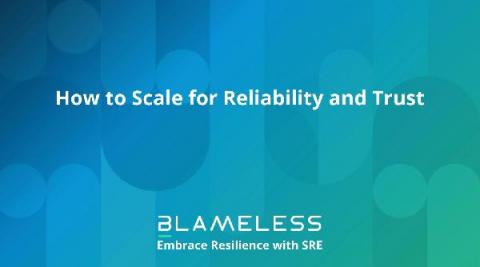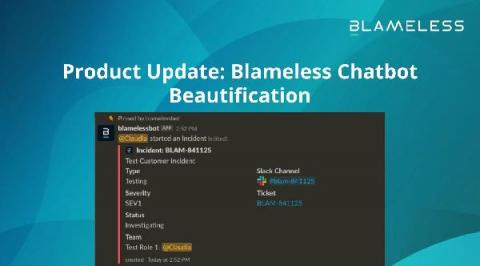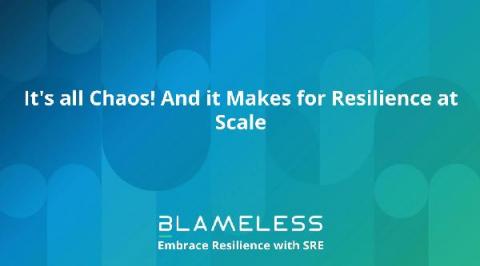How to Analyze Incidents Better with the Right Metrics
An important SRE best practice is analyzing and learning from incidents. When an incident occurs, you shouldn’t think of it as a setback, but as an opportunity to grow. Good incident analysis involves building an incident retrospective. This document will contain everything from incident metrics to the narrative of those involved. These metrics aren’t the whole story, but they can help teams make data-driven decisions. But choosing which metrics are best to analyze can be difficult.












